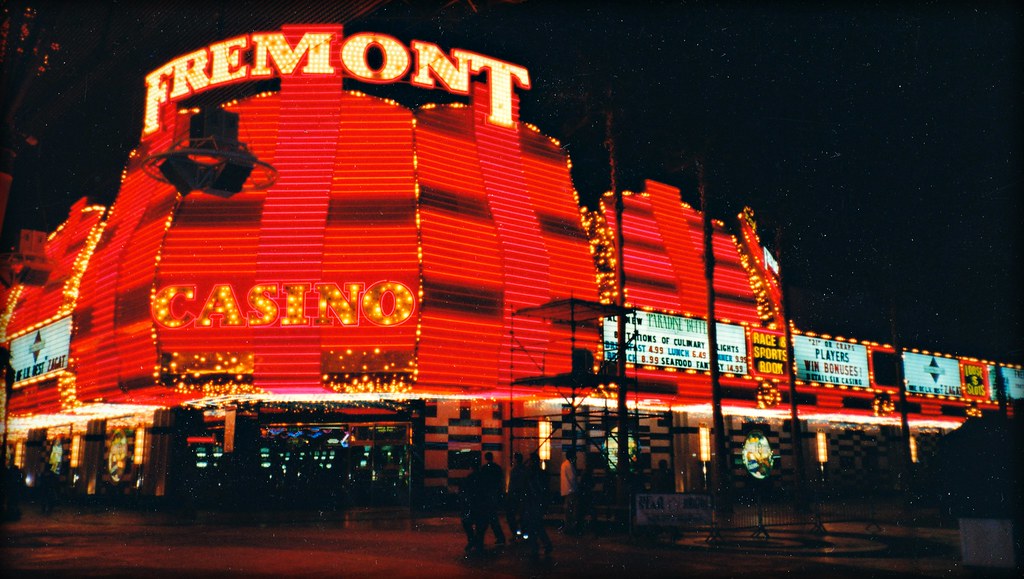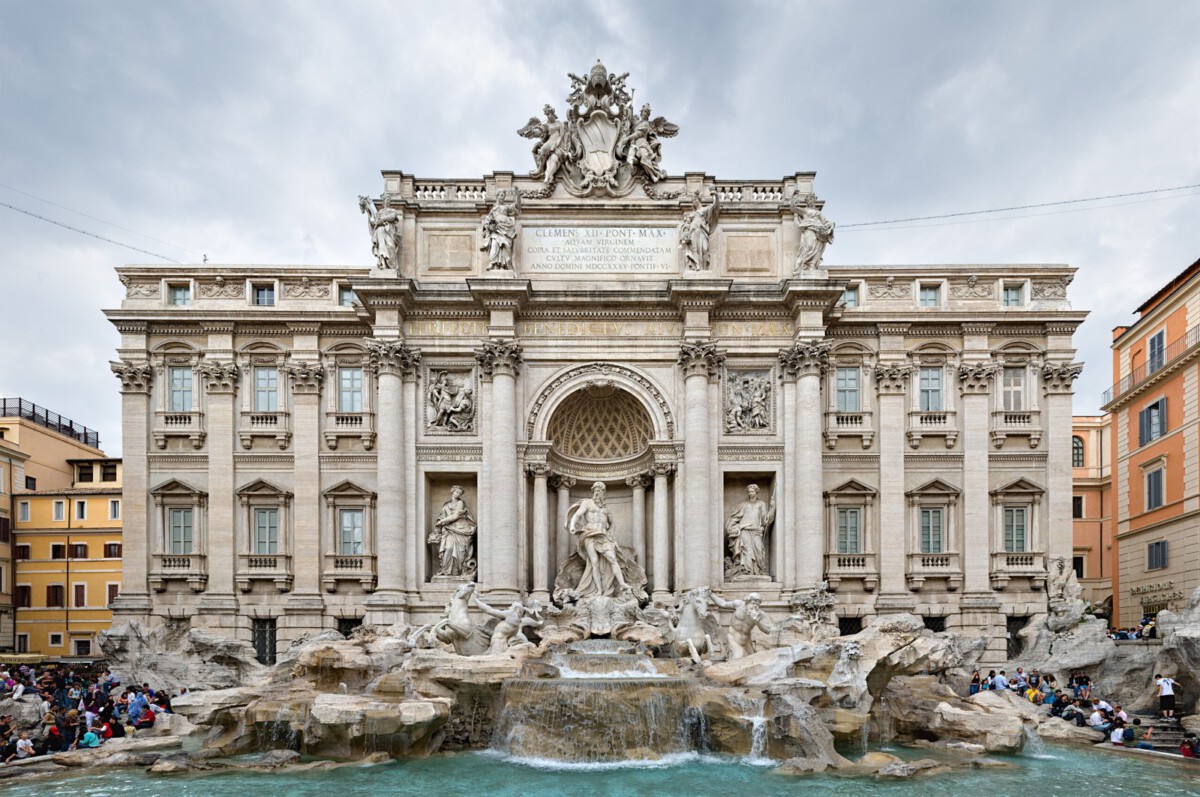Discovery of Silver and Gold Transforms Nevada Territory
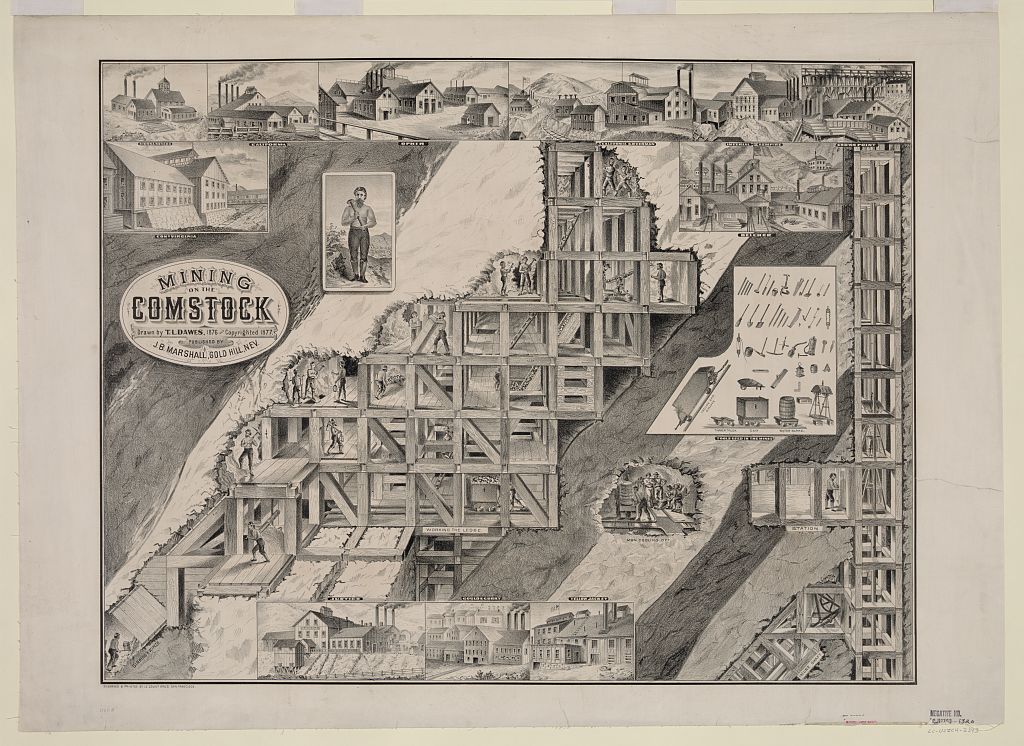
Modern mining began in Nevada in 1849 with the discovery of placer gold in a stream flowing into the Carson River near the present town of Dayton. The discovery of the Comstock Lode, the first major silver find in the United States, becomes public and the “Rush to Washoe” begins. Silver mining in Nevada began in 1858 with the discovery of the Comstock Lode, the first major silver-mining district in the United States. The Comstock Lode is a mineral deposit under Virginia City, Nevada. It was discovered in June 1859 and named after Henry Comstock. It was massive, representing more precious metals than all other deposits combined.
The Bonanza Kings and Virginia City Boom
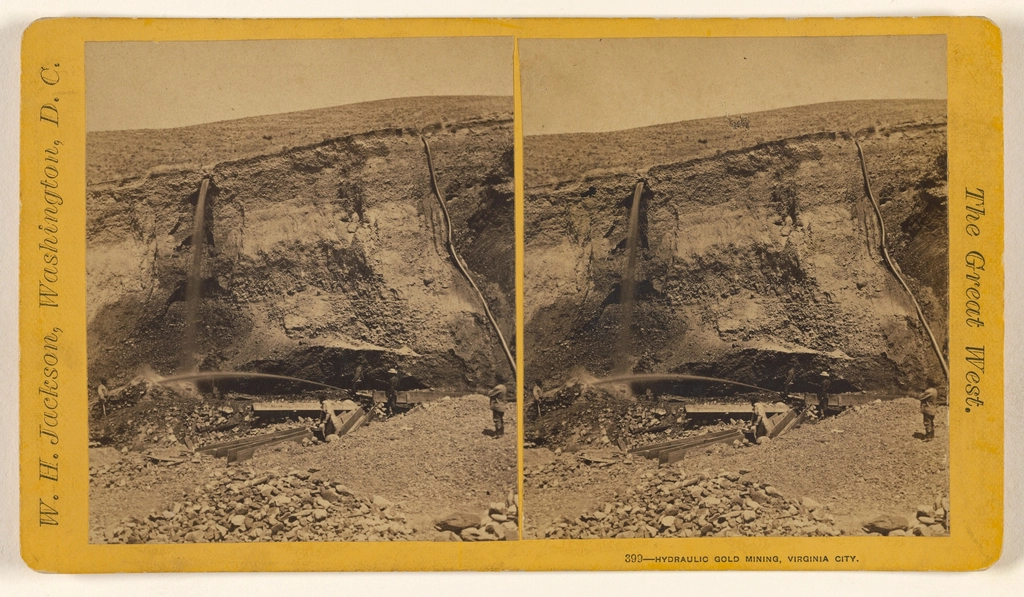
As soon as word got out, tens of thousands of miners rushed to the area, hoping to strike it rich. Virginia City was built right on top of the Lode, and its population swelled from 4,000 to 25,000 in just 12 years. In 1862 the population of Virginia City and nearby Gold Hill was 4,000, but by 1874 the number had risen to 25,000. In the 1870s, Virginia City was one of the most important cities between Chicago and the West Coast. At its peak, the Virginia City area had 25 theaters, multiple large hotels, several fire companies, fraternal organizations, five police precincts, a red-light district, multiple newspapers, and over 100 saloons.
Nevada Achieves Statehood Through Mining Wealth
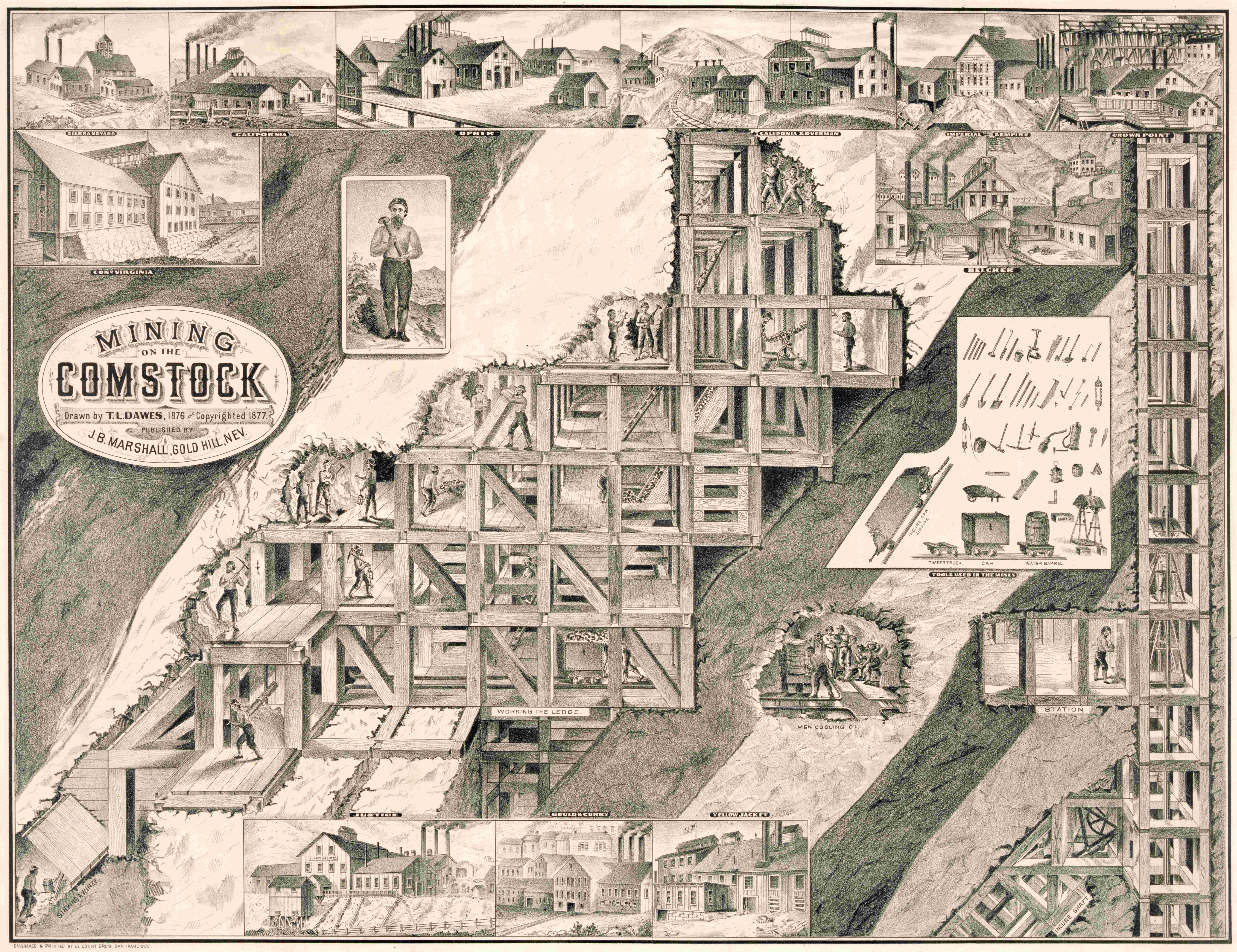
The development of mid-nineteenth century silver mines in western Nevada led to statehood. Shortly after the discovery of the Comstock Lode, Republican politicians in Washington designated Nevada a territory, paving the way for its admission as a free state. Statehood would follow in 1864, and Nevada’s silver-fueled rise was capped with the establishment of the US Mint in Carson City in 1869. Nevada, for instance, was admitted to the Union in 1864, just five years after the discovery of the Comstock Lode.
Economic Diversification Beyond the Initial Silver Rush
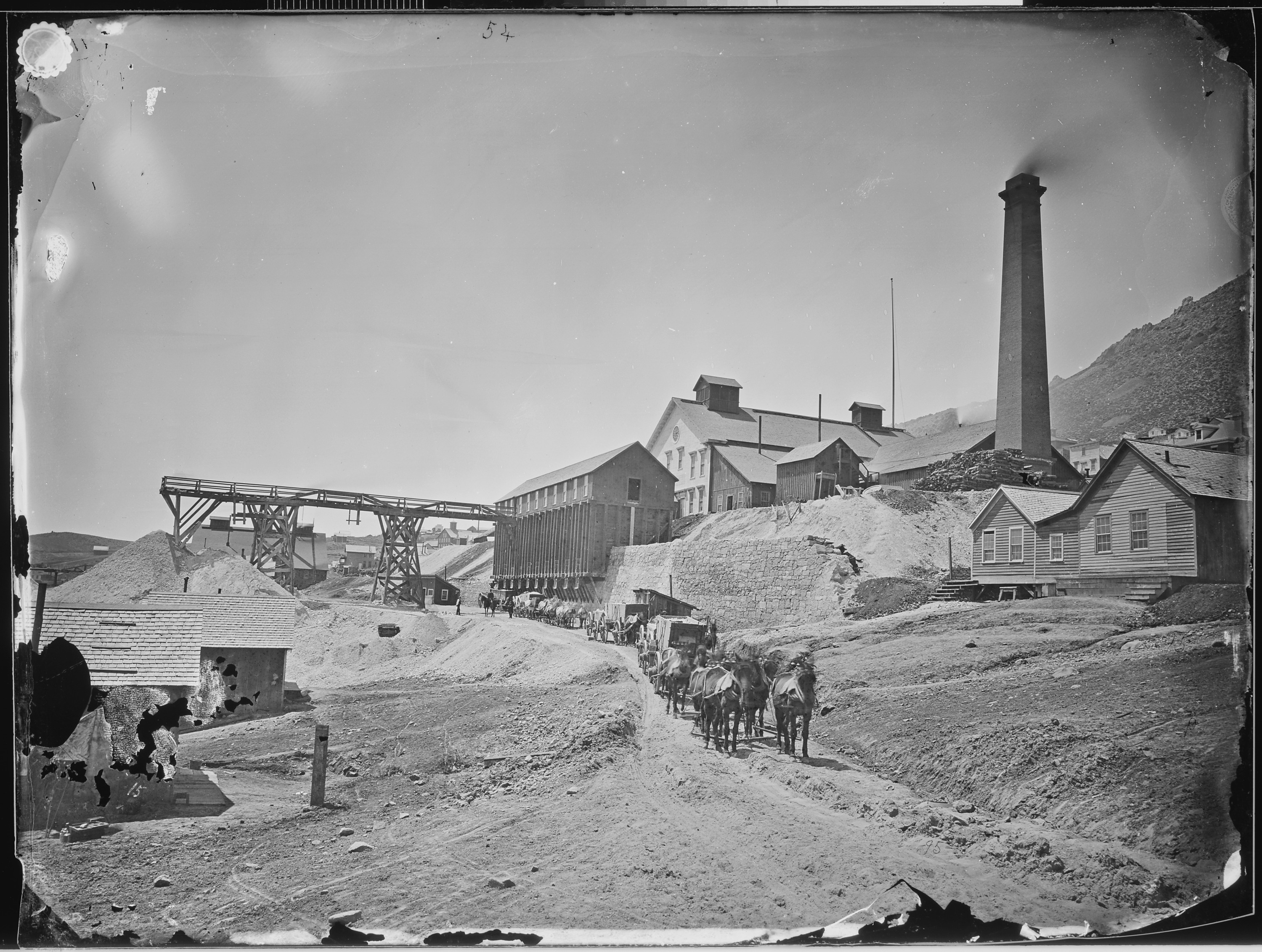
Discoveries by Jim and Belle Butler launch mining boom and lift Nevada out of a two-decade economic depression. Belle Butler’s claim becomes the Mizpah Mine, the most productive silver mine in the Tonopah era. The last great silver-mining district to be developed in Nevada was Tonopah, in Nye County, discovered in 1900. The resulting silver rush led to many other silver discoveries in Nevada, including Austin (1862), Eureka (1864), and Pioche (1869). For the next twenty years, mining flourished across Nevada, and many new towns sprang up to support nearby mines that were producing gold, silver, and copper.
Modern Gold Mining Era Begins

The first gold bar is poured from the Carlin Trend in northeastern Nevada. This region continues to be one of the most productive mining areas in the world. Beginning in the mid-1960s, northern Nevada became one of the largest gold producers in the world, a status the state continues to hold well into the 21st century. In an ironic twist, the modern era of mining in Nevada, based on huge open-pit operations mining low-grade ore, have made Nevada the number one gold producer in the nation. The state is no longer the leading silver producer, so when you hear Nevada being called the silver state, just know that it is actually the “Gold State”.
Gambling Legalization Sets New Economic Foundation
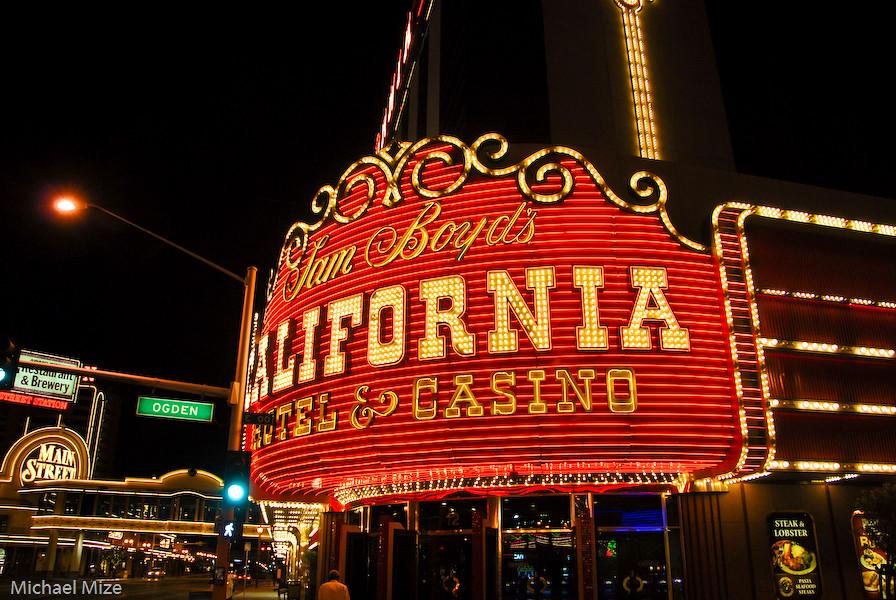
Wide-open gaming is legalized in Nevada by the Nevada State Legislature and signed into law by Governor Fred Balzar; the bill is introduced by State Assemblyman Phil Tobin of Humboldt County (March 19) Seeing how much money was left on the table from gambling, the state of Nevada decided to legalize it in 1931. But only in certain areas and under strict conditions. This was a turning point in Las Vegas history, as it would begin its ascension to earn the title of the gambling capital of the world. The first four licensees (Boulder Club, Las Vegas Club, Exchange Club and Northern Club) were located in Downtown Las Vegas, with many to follow in Reno and outlying areas.
Hoover Dam Construction Fuels Las Vegas Growth
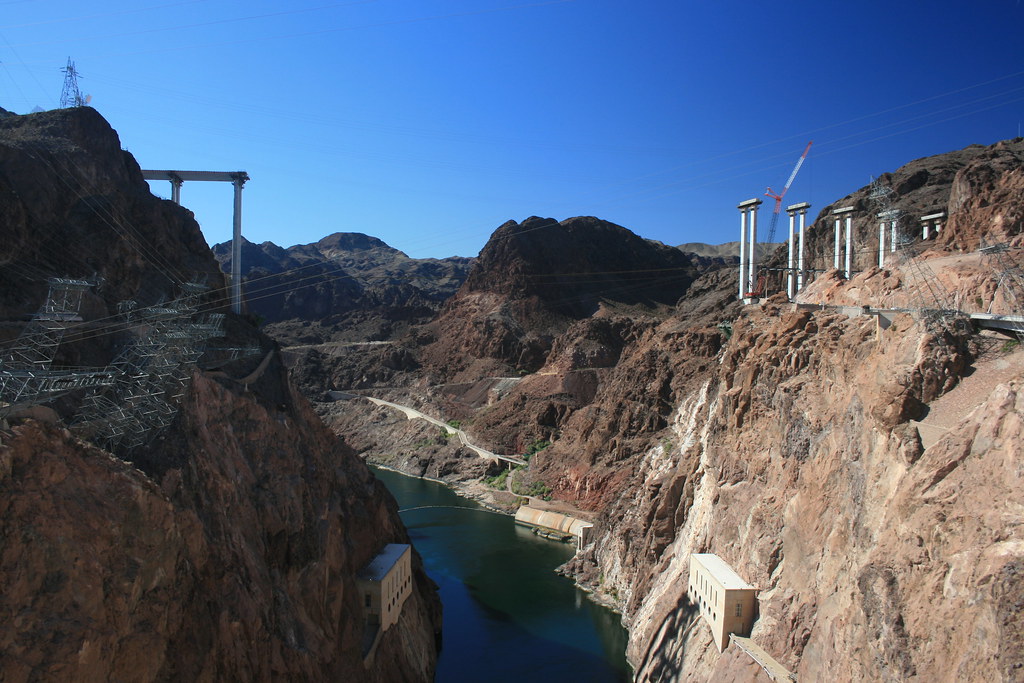
In 1931 construction began on the massive Boulder Dam (later renamed the Hoover Dam), drawing thousands of workers to a site just east of the city. Casinos and showgirl venues opened up on Fremont Street, the town’s sole paved road, to attract the project’s workers. It was one of the largest engineering projects in U.S history, and it put Las Vegas on the map as a destination for tourists and workers alike. The small town of 5,000 grew to 25,000 by the time the dam was completed in 1935. When the dam was completed in 1936, cheap hydroelectricity powered the flashing signs of Fremont’s “Glitter Gulch.”
Birth of the Las Vegas Strip
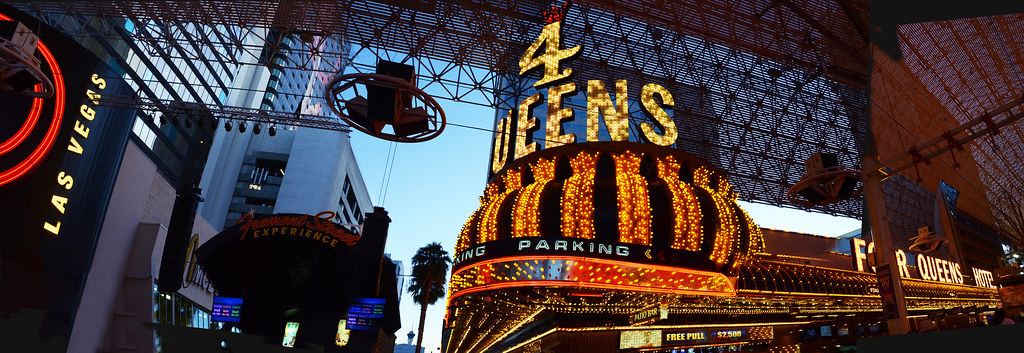
It was hotelier Thomas Hull who put the first hotel-resort on the now-famous thoroughfare. Hull, who already owned several hotels in California, came up with the idea to create a brand that incorporated all the luxuries of a resort into a motor hotel. Taking a gamble on an off-Fremont Street location, Hull decided to build an establishment on the corner of Highway 91 and Sahara Avenue. The El Rancho Vegas opened on April 3, 1941. However, it was only in 1941 that the iconic Las Vegas Strip was born. The very first casino built on the Strip, which was just outside the city’s jurisdiction, was El Rancho Vegas, opened by Thomas Hull.
Organized Crime Builds Casino Empire
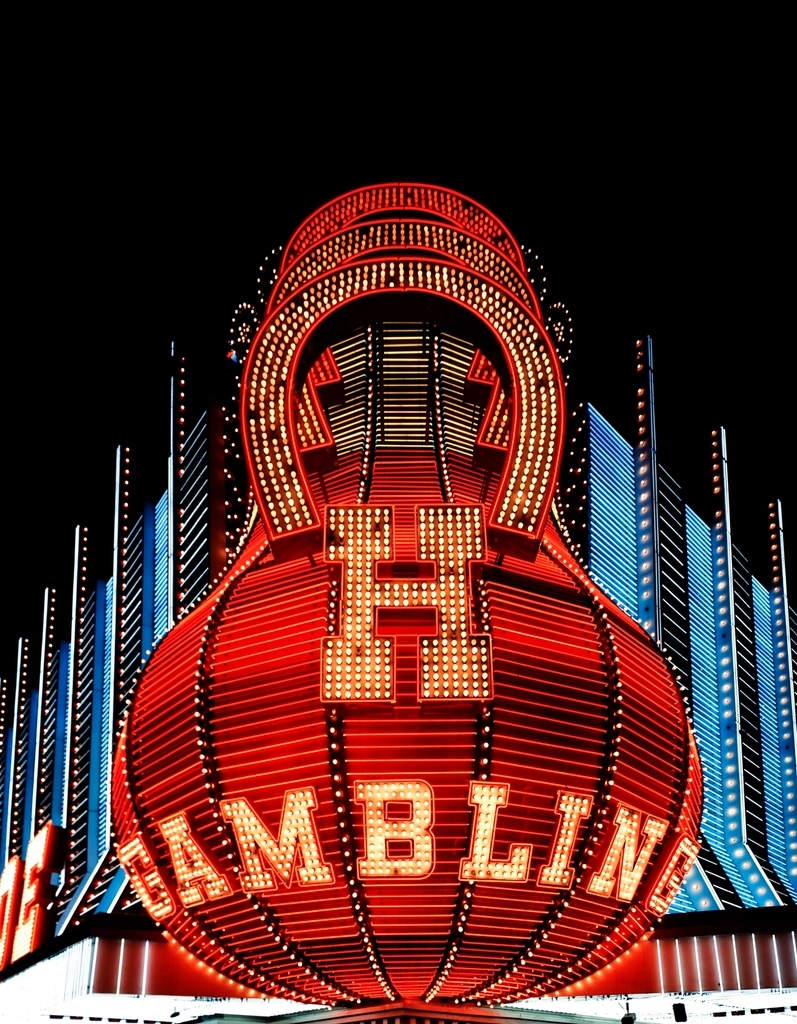
In that same year, gangster Bugsy Siegel, backed by Mexican drug money, opened the Flamingo Hotel on the Strip. The swanky establishment was a world apart from the saloon-style gambling halls of the 1930s and before. In 1945 Bugsy Siegel, one of the most prominent of these criminals, began constructing the Flamingo, one of the city’s first casino and hotel complexes. He incurred a large debt with Meyer Lansky and other mob associates, and the first months of the Flamingo’s operation were shaky. More resorts followed over the next few years, the names of which are inseparably linked to the first great Golden Age of Las Vegas: Sahara, Sands, New Frontier, Thunderbird, Desert Inn, Riviera, Dunes, Hacienda, Tropicana, and Stardust. Many were built with money from organized crime, but these gangsters weren’t the machine gun-toting hoodlums of the Capone era. They were savvy businessmen who, in spite of being competitors, worked together to build the greatest gambling mecca in North America.
Entertainment Industry Transforms Las Vegas
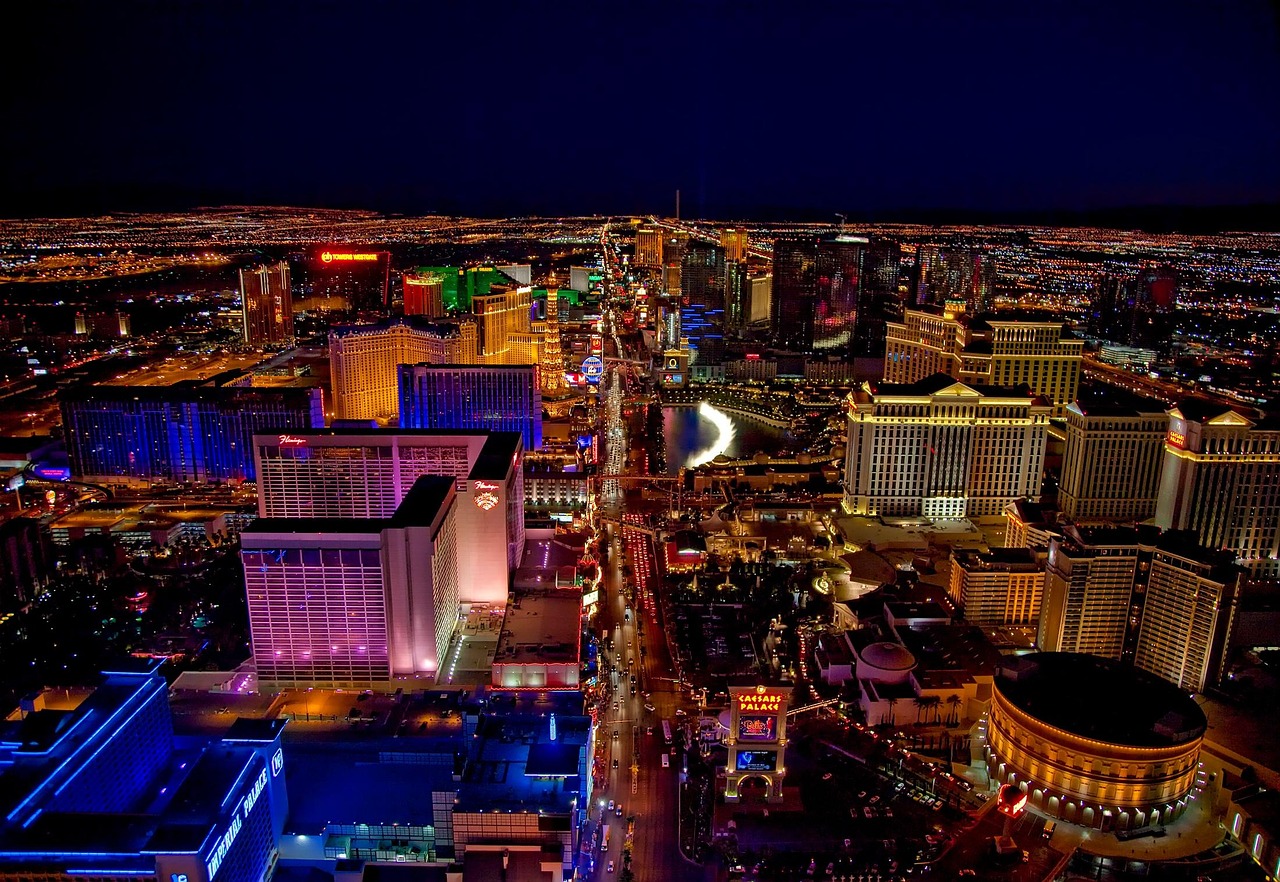
As the 1940s gave way to the 1950s, the biggest stars of stage and screen began to make Las Vegas a regular stop. Dean Martin, Sammy Davis, Jr., Louis Prima, Tony Bennett, Bing Crosby, Liberace, Andy Williams, Louis Armstrong, and others performed in small venues — 200 to 600 seats — providing a unique opportunity to get an up-close-and-personal look at the A-list celebrities of the day. In 1951, a filet mignon dinner and Frank Sinatra concert at the Desert Inn cost a whopping $6.25. Meanwhile, the entertainment acts grew ever more extravagant. Where else could you see Liberace and Elvis cut loose on the same stage, or witness a live leopard at a Siegfried and Roy show? Eventually the kitsch gave way to bona fide glitz as performers such as Céline Dion, Britney Spears and Adele took up residencies, performing nightly for multimillion-dollar contracts.
Corporate Takeover Replaces Mob Influence
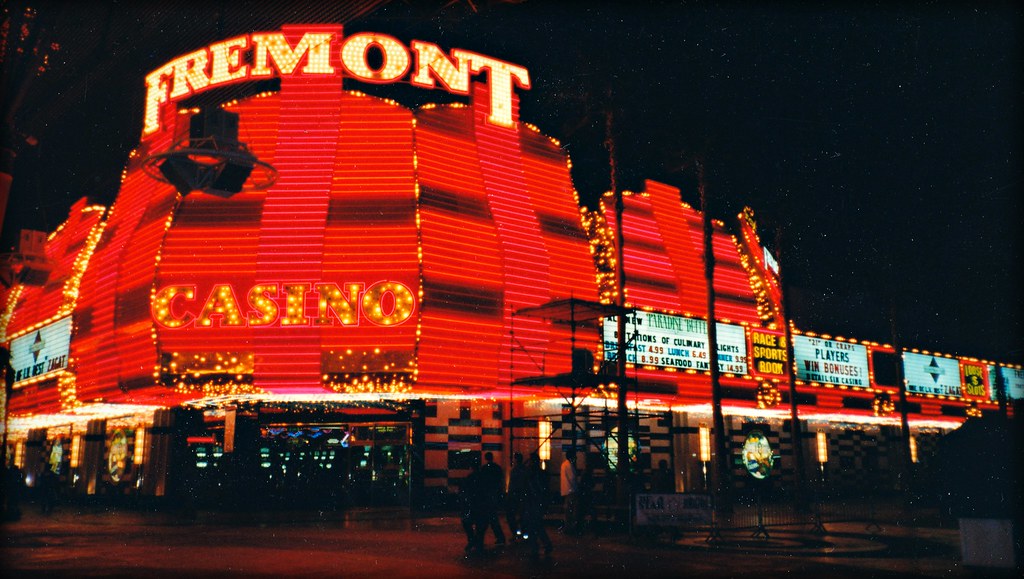
Although organized crime largely created contemporary Las Vegas, its dominance was short-lived. By the late 1950s the newly established Nevada Gaming Commission—which was responsible for licensing and overseeing gambling operations—began to curtail severely the freedom of gangsters to operate in the city. In the early 1960s the commission formulated its so-called “Black Book”; seeking to remove corruption from the gambling industry, the commission listed people with criminal records and banned from the casinos anyone listed in the book. Through vigorous enforcement of the law and the removal of corrupt public officials, the commission largely succeeded in separating crime organizations from the casinos, and corporations later took their place. In 1966 Howard Hughes checked into the penthouse of the Desert Inn and never left, preferring to buy the hotel rather than face eviction. He bought other hotels too—$300 million worth—ushering in an era in which mob interests were displaced by corporate conglomerates.
Modern Mega-Resort Era Begins
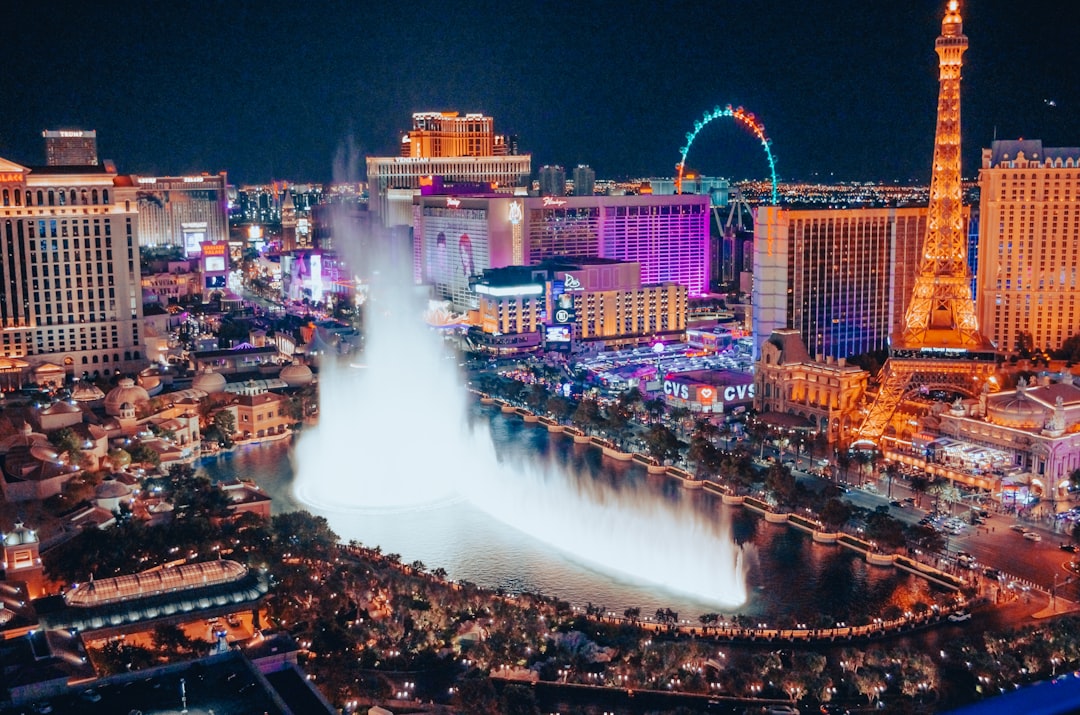
Entrepreneur Steve Wynn, who had operated the Golden Nugget Casino since the early 1970s, used the downturn to acquire and renovate old casinos and build new ones, foremost among them the lavishly expensive Mirage, which opened in 1989. In 1989 longtime casino developer Steve Wynn opened the Mirage, the city’s first mega-resort. Over the next two decades the strip was transformed yet again: Old casinos were dynamited to make room for massive complexes taking their aesthetic cues from ancient Rome However, gambling is still the major draw: in a 12-month period ending in March 2023, the Strip generated $8.5 billion in gaming revenue.
Nevada’s Lithium Rush Creates New Economic Pillar
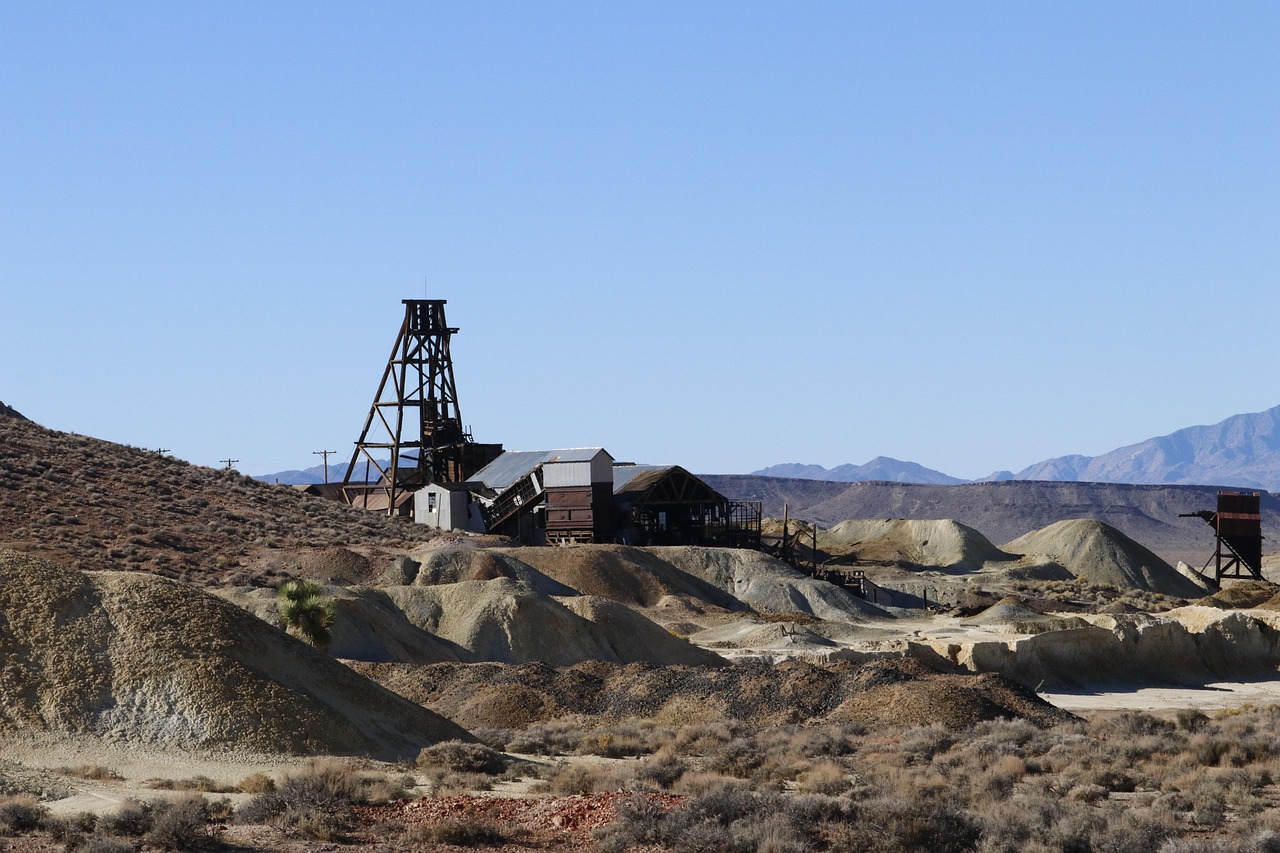
However, the state is the nation’s only lithium producer. A northern Nevada lithium deposit is the largest in North America, and construction of an open pit mine began at that location in 2023. Another major lithium mine was approved in Nevada in southern Nevada’s Silver Peak Range in 2024. In August 2023, a discovery was made in a Nevada lithium mine that sent shock waves through the energy industry. An estimated 20 to 40 million tons of lithium lie within Thacker Pass in the McDermitt Caldera. This find could well be the largest lithium deposit in the world. The Nevada Tech Hub seeks to position the Silver State as a strong node in the critical lithium supply chain and an ideal location for the nation’s future sustainable electrification storage industry.
Diversification Beyond Entertainment and Mining
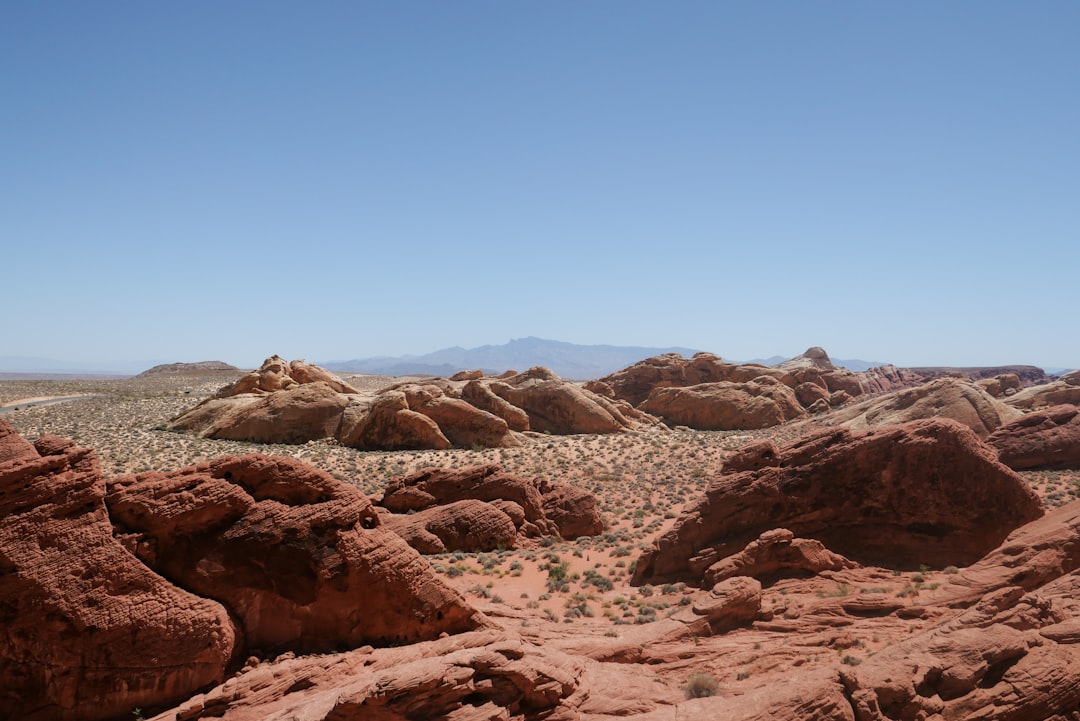
Nevada can be to lithium what Wall Street is to finance, or what Silicon Valley is to technology. We can implement the entire lithium value chain in our state; from extraction to processing of the anodes and cathodes that go into the batteries. The Las Vegas Valley eventually became host to several professional sports teams. T-Mobile Arena opened in 2016, and became home to the Vegas Golden Knights the following year; with the team winning its first Stanley Cup in 2023. The Las Vegas Aces, a WNBA team, started playing at the Michelob Ultra Arena in 2018. The Las Vegas Raiders, an NFL team, began playing at the newly built Allegiant Stadium in 2020, after relocating from Oakland.
The Entertainment Capital Continues to Evolve
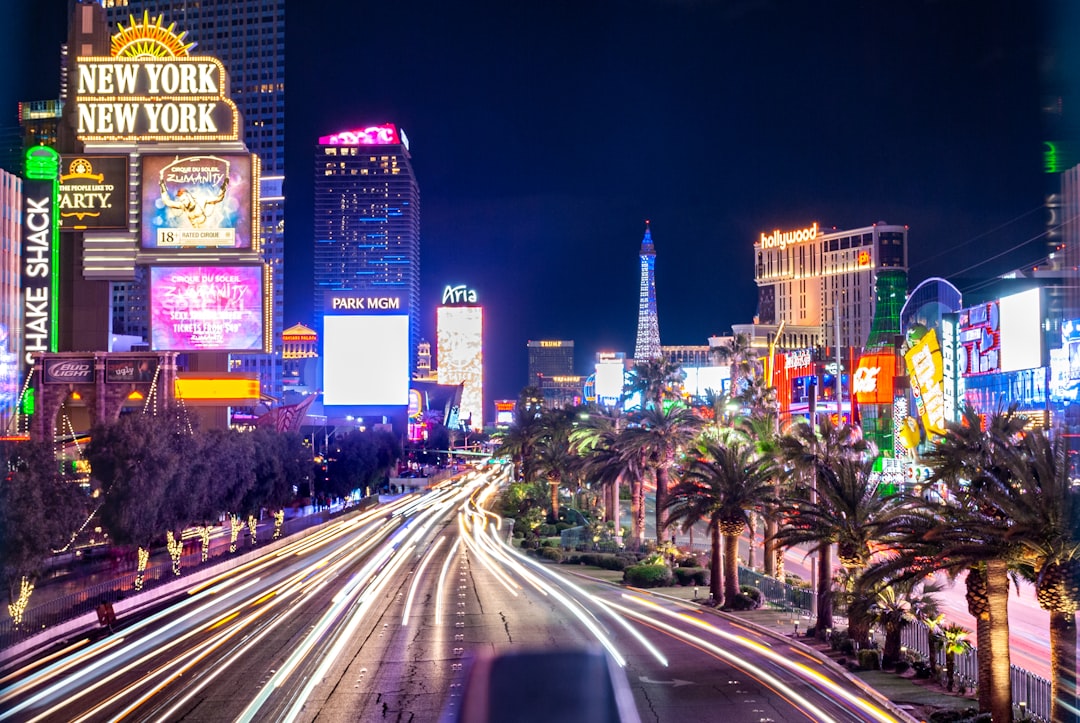
Sphere, a globe-shaped venue with an exterior LED screen, opened in 2023, and has hosted various shows and entertainers. Formula One debuted its annual Las Vegas Grand Prix in 2023, with a race track that travels on and near the Strip. Super Bowl LVIII was held at Allegiant Stadium in 2024, marking the first time that Las Vegas had hosted the annual event. More recently, the arrivals of Formula One, the Super Bowl and the Sphere prove there’s always another act in Las Vegas. A desert metropolis built on gambling, vice and other forms of entertainment, in just a century of existence Las Vegas has drawn millions of visitors and trillions of dollars in wealth to southern Nevada. The city was founded by ranchers and railroad workers but quickly found that its greatest asset was not its springs but its casinos.
From the dusty mining camps of the 1800s to the glittering entertainment capital of today, Nevada has always been a place where people come to strike it rich. The state’s remarkable transformation from a frontier territory to a global destination shows how adaptable and resilient Nevada can be. Today, as the state leads America’s lithium revolution while maintaining its crown as the entertainment capital of the world, Nevada continues to prove that reinvention is its greatest strength. Who would have thought that a state built on silver and gold would become the beating heart of both America’s entertainment industry and its clean energy future?

